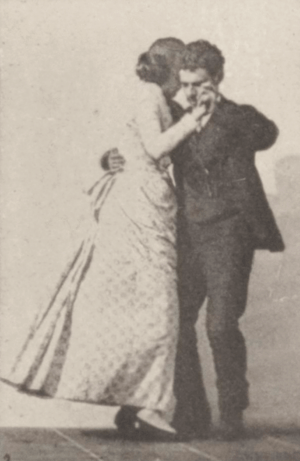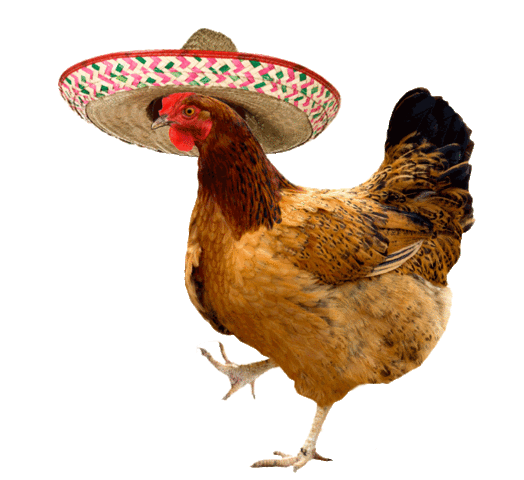-
3-minute read
-
8th May 2017
Grammar Tips: Looking Back at the Past Tense
Are you feeling nostalgic? Do you feel a need to talk about the past? Are you sick of being told to ‘live in the moment’? If so, you’ll need to know how to use the past tense.

(Photo: Derek Gavey/flickr)
Come to think of it, knowing how to use the past tense is essential for good grammar in any form of writing. So we’ve prepared this quick guide to help you avoid mistakes in your work.
Past Simple
The basic form of the past tense is the past simple. This is used when something started and ended in the past:
The music played and we danced.
As above, most simple past tense verbs are formed by adding ‘-ed’ to the basic form (e.g. ‘play’ → ‘played’). But this isn’t the case with irregular verbs. The irregular verb ‘swim’, for example, becomes ‘swam’ in the simple past tense (not ‘swimmed’).
This makes it important to check the verb you’re using when writing in the past tense.

Past Continuous
The past continuous (or past progressive) is used when describing an ongoing action in the past. It is formed by using ‘was’ or ‘were’ with the ‘-ing’ form of a verb:
We were dancing all night!
Using the past continuous shows that ‘dancing’ happened over a period of time. It can also be used to set the time period during which something happened:
We were still dancing when the music stopped.
Find this useful?
Subscribe to our newsletter and get writing tips from our editors straight to your inbox.
Subscribe to Beyond the Margins and get your monthly fix of editorial strategy, workflow tips, and real-world examples from content leaders.
In this case, the past continuous ‘were still dancing’ is the background for another action, which is described with the past simple (i.e. ‘the music stopped’). Note that the past continuous action is ongoing, while the past simple describes something sudden.

Past Perfect
The past perfect indicates that one action was completed before another took place. It is formed using the word ‘had’ and the past participle of a verb:
The sun had risen hours ago, but we kept on dancing.
Here, ‘had risen’ shows that the sun had finished rising by the time the second half of the sentence takes place. ‘Risen’ is the past participle of ‘rise’ (with the simple past tense being ‘rose’). This is because ‘rise’ is another irregular verb. Many past participles simply end with ‘-ed’.

Past Perfect Continuous
Finally, we have the past perfect continuous. This is used to describe an ongoing action in the past that has now ended. It is formed using ‘had been’ and an ‘-ing’ verb:
We had been dancing all night before I noticed the pain in my feet.
The use of the past perfect continuous here implies that the dancing has now ended (probably due to the painful feet). As with the past continuous, this is often used to frame another action.
And with these past tense forms, you should be able to describe anything that has happened in the past. So go forth and be nostalgic!





